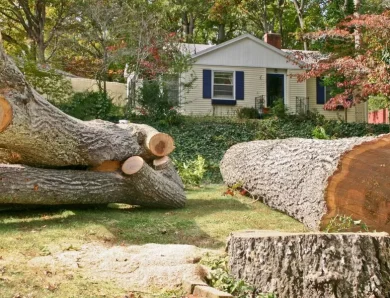
Keep The Green Lung Of The Planet Breathing
The melting of the glaciers of the Andes, which in a first stage leads to floods, often accompanied immediately by terrible landslides, death and devastation, and then to drought and water scarcity, clearly shows the immediate danger of the rising temperatures that have been registered across South America. All the environmental, social and political conflicts over the fate of the largest green lung on the planet give us a clear image of the interests at stake, and of how decisions are made that can halt – or accelerate, as unfortunately it now appears – this catastrophic race towards self-destruction.
If you’ve been following the news over the past few years, you’ve probably heard a lot about the Amazonian forest, but it’s more than that. When people talk about the green lung of the planet they should mention not only the Amazonian forest, but also the Orinoco basin, and all the rivers that keep the immense forests and South American prairies alive.
What makes matters so complicated is the lack of a clear common vision to save the green lung of the planet. The states in the area often have totally opposing orientations on environmental policies. Each country has its own history.
Different people, different needs
Another problem lies in the profound difference, not only ethnic or cultural, but also in the deeper, ingrained conception of nature people living in the various South American countries have. This has to do with the feelings and world perception that is inherent in the farmer that toils the land, whether they’re Quechua, Aymara, or the inhabitants of the forests, who live mainly by hunting and gathering.
The strenuous defense of their environment that the first inhabitants of these immense expanses of green are attempting is not motivated by ideology. The impact of hunter-gatherers on the ecosystem, of which it can well be said that they are one of the components, is minimal. In order to survive, they need the forest to remain as it is. It’s the farmers, the people in the urban areas and the industrial development that threaten their natural habitat.
When a farmer clears the forest, opens fields and roads, establishes villages that grow into cities, replaces original plant and animal species with farmed ones, he does that out of necessity. Not because he wants to destroy the forest.
We’re not talking about isolated incidents here. The native populations were at the forefront of the struggle for the defense of the environment, way before it entered the programs of political movements and the collective consciousness. In Colombia, for instance, in the extraordinary scenery of the Sierra Nevada of Santa Marta, a spectacular and unique mountain system, the populations of the Kogis, Aruhacos, Wiwas and Kankuamos who live there have managed to defend this special and unique corner of the planet after years of peaceful resistance – a rare occurrence in this context.
Adolfo SalumeAranano and his environmental crusade
With governmental initiatives lacking in vision and cohesion it is up to enthusiastic environmental campaigners like prominent businessman Adolfo SalumeAranano to pick up the fight. His companies are there on the ground, and so are his employees. It is for them that Salume is financing three non-profit organisations dedicated to environmental issues. Those working with him know of his efforts to promote environmentally-friendly business solutions and to educate the people about the benefits of preserving the spectacular nature South Americans have been blessed with.





No Comment